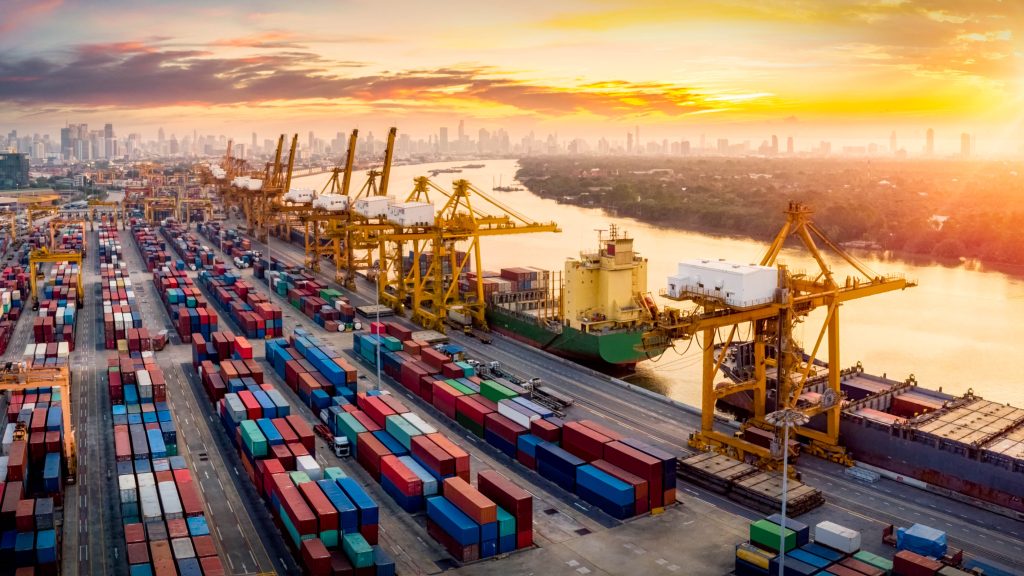Independent container shipping services are gaining more market share on major East-West routes. Over the next three months, about a third of Trans-Pacific trade services offered will be outside of vessel-sharing agreements (VSAs), Sea-Intelligence said.
Alan Murphy, Sea-Intelligence’s CEO, said that on the Asia-North America West Coast trade lane, nearly 30% of shipping capacity will be from non-alliance service in the coming months. For Asia-North Europe, non-alliance capacity could reach up to 12%. “The subsequent surge in demand for goods, coupled with rising spot rates, prompted a significant influx of non-alliance capacity into the market. So much so, that even on Asia-North Europe, which had predominantly been an alliance operated trade, saw the entry of several niche carriers offering solitary services,” Murphy observed.
Many niche carriers exited the trade when spot rates dropped in late 2022 and early 2023, but the trend is reversing as spot rates increase sharply. “Across the main East-West trades, it is clear that the main driver of the non-alliance share is spot rates; a sharp increase during the pandemic triggered a sharp increase in non-alliance services – and vice versa when spot rates collapsed in the second half of 2022,” he added.
A big change is coming next year as Maersk and MSC will end their 2M partnership. MSC, which controls 20% of global container shipping, will operate independently. The three big shipping alliances will no longer dominate the East-West trade routes as they have in the past.
Source: The Loadstar, Sea-Intelligence

